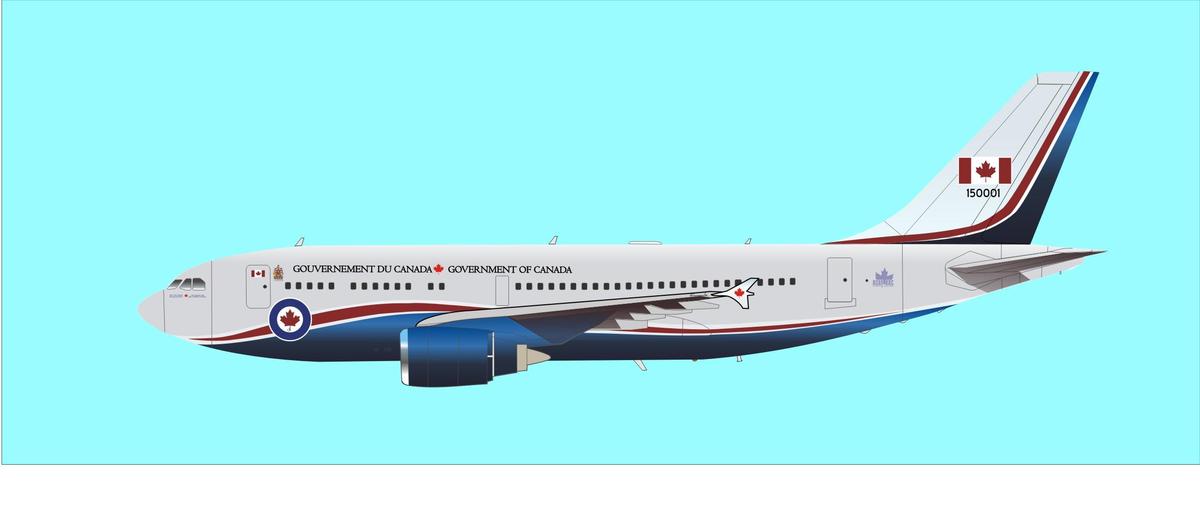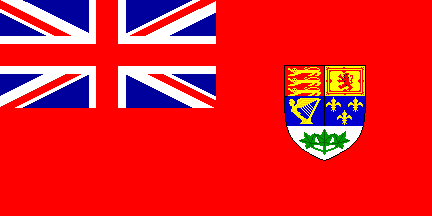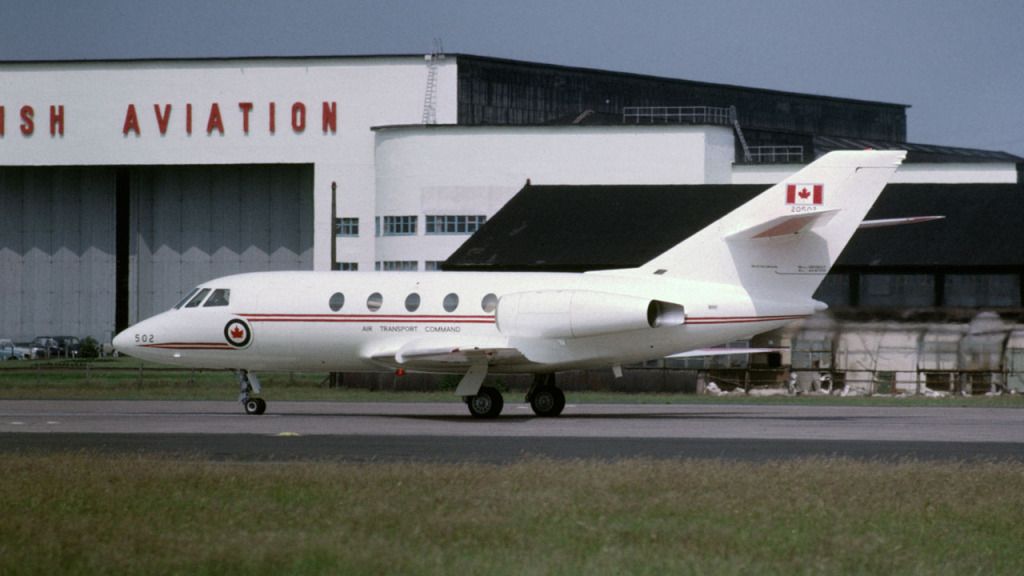
Not sure why they have the tail number wrong!!, should be 15001.
Moderators: North Shore, sky's the limit, sepia, Sulako, lilfssister, I WAS Birddog



Actually it's correct. Airforce tail numbers are a six digit number ie 188701 was an F-18, now scrap; and 130333, affectionately?? known as "triple pig" was a Herc.bizjets101 wrote: Not sure why they have the tail number wrong!!, should be 15001.

Colonel Sanders wrote:I understand that if it ever lands in - or even
flies through - Quebec, the language police will
demand that the English be removed from the
side of it.

The French have their own alphabet now? Mon dieu!azimuthaviation wrote:Colonel Sanders wrote:I understand that if it ever lands in - or even
flies through - Quebec, the language police will
demand that the English be removed from the
side of it.
No it can stay as long as the french letters are twice as big. Theyre not COMPLETELY unreasonable, sheesh


Ok, spill! What have you got against birds anyway?Moose47 wrote:G'day
"RCAF logo"
It is not a logo it is a roundel. Not surprised though coming from a rabid left-wing bird cage liner!
Cheers...Chris


Like having the french words first, it looks likeWhen did blue become part of our national colour scheme?



In 1917, Pearson transferred to the Royal Flying Corps (as the Royal Canadian Air Force did not exist at that time), where he served as a Flying Officer until being sent home with injuries from two accidents; while training as a pilot at an air training school in Hendon, England, Pearson survived an airplane crash during his first flight.
In 1918, he was hit by a London bus during a citywide blackout and was sent home as an invalid to recuperate, and was then discharged from the service. It was as a pilot that he received the nickname of "Mike", given to him by a flight instructor who felt that "Lester" was too mild a name for an airman. Thereafter, Pearson would use the name "Lester" on official documents and in public life, but was always addressed as "Mike" by friends and family.[4]


shitdisturber wrote:Actually it's correct. Airforce tail numbers are a six digit number ie 188701 was an F-18, now scrap; and 130333, affectionately?? known as "triple pig" was a Herc.bizjets101 wrote: Not sure why they have the tail number wrong!!, should be 15001.

I remember the Red Ensign quite well. Pearson's original proposal was three red maple leaves on a common stem on a white background, with blue borders on either end. Dief the Chief being his usual pigheaded self nixed the idea and we wound up with the flag of the Liberal Party of Canada. It's still a nice flag though.This used to be Canada's flag until Mike Pearson replaced
it with the Liberal Party Flag.

My guess would be that they departed from normal procedure when painting the Polaris due to all the zeros and Jim Belliveau's drawing is just returning things to to standard. He would of course be very familiar with it since he's done every demo Hornet paint job since they finally allowed us to depart from the basic grey. I'm not wrong though; if you look at the CF-349's and CF-336's, the aircraft maintenance records, they'll show a six digit registration number.Chaxterium wrote:
Actually you're wrong. The tail numbers on the CC-150s are only 5 digits.
Cheers,
Chax





Pretty sure blue has been part of the Air Force colour scheme since the Air Force has been the Air Force, in pretty much any of its Royal, or non Royal versions.200hr Wonder wrote:When did blue become part of our national colour scheme?
Colonel Sanders wrote:Like having the french words first, it looks likeWhen did blue become part of our national colour scheme?
they did that to make it look like the French flag,
to keep Quebec happy:
A lot of blue in the Quebec flag:
Anyone here old enough to remember the Ensign?
This used to be Canada's flag until Mike Pearson replaced
it with the Liberal Party Flag.
Pop Quiz (and highly aviation-related): How did Lester Pearson
get the nickname "Mike"?
In 1917, Pearson transferred to the Royal Flying Corps (as the Royal Canadian Air Force did not exist at that time), where he served as a Flying Officer until being sent home with injuries from two accidents; while training as a pilot at an air training school in Hendon, England, Pearson survived an airplane crash during his first flight.
In 1918, he was hit by a London bus during a citywide blackout and was sent home as an invalid to recuperate, and was then discharged from the service. It was as a pilot that he received the nickname of "Mike", given to him by a flight instructor who felt that "Lester" was too mild a name for an airman. Thereafter, Pearson would use the name "Lester" on official documents and in public life, but was always addressed as "Mike" by friends and family.[4]

